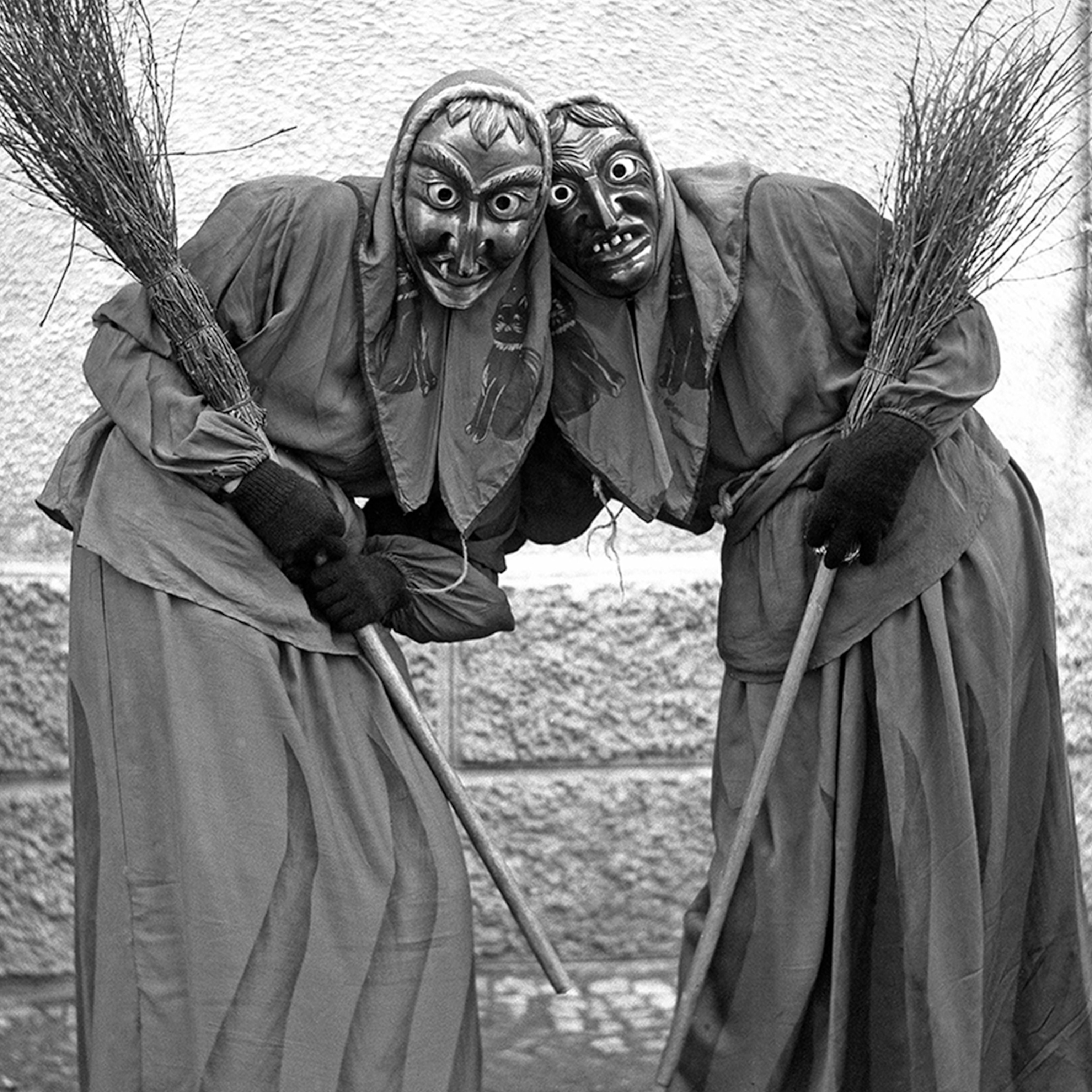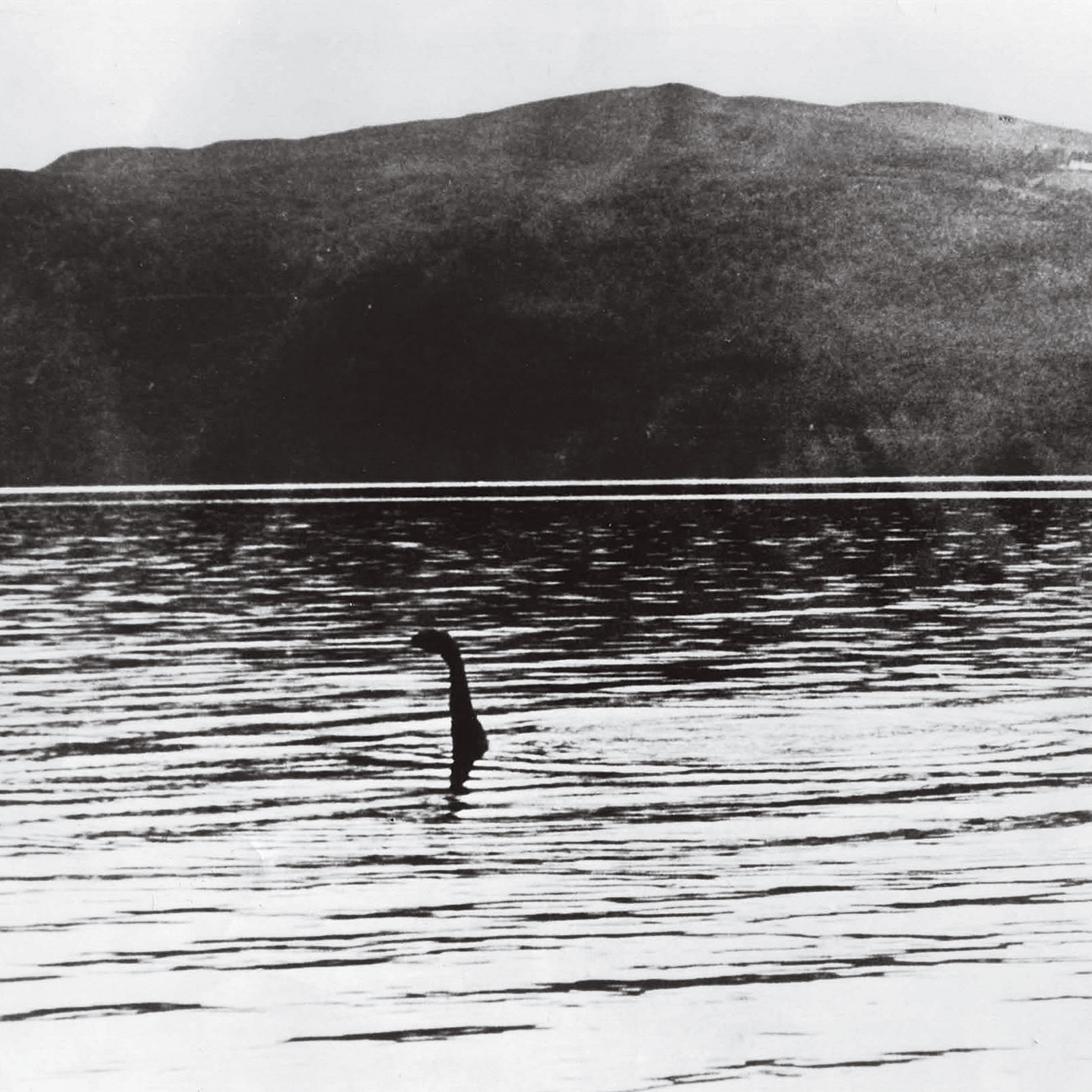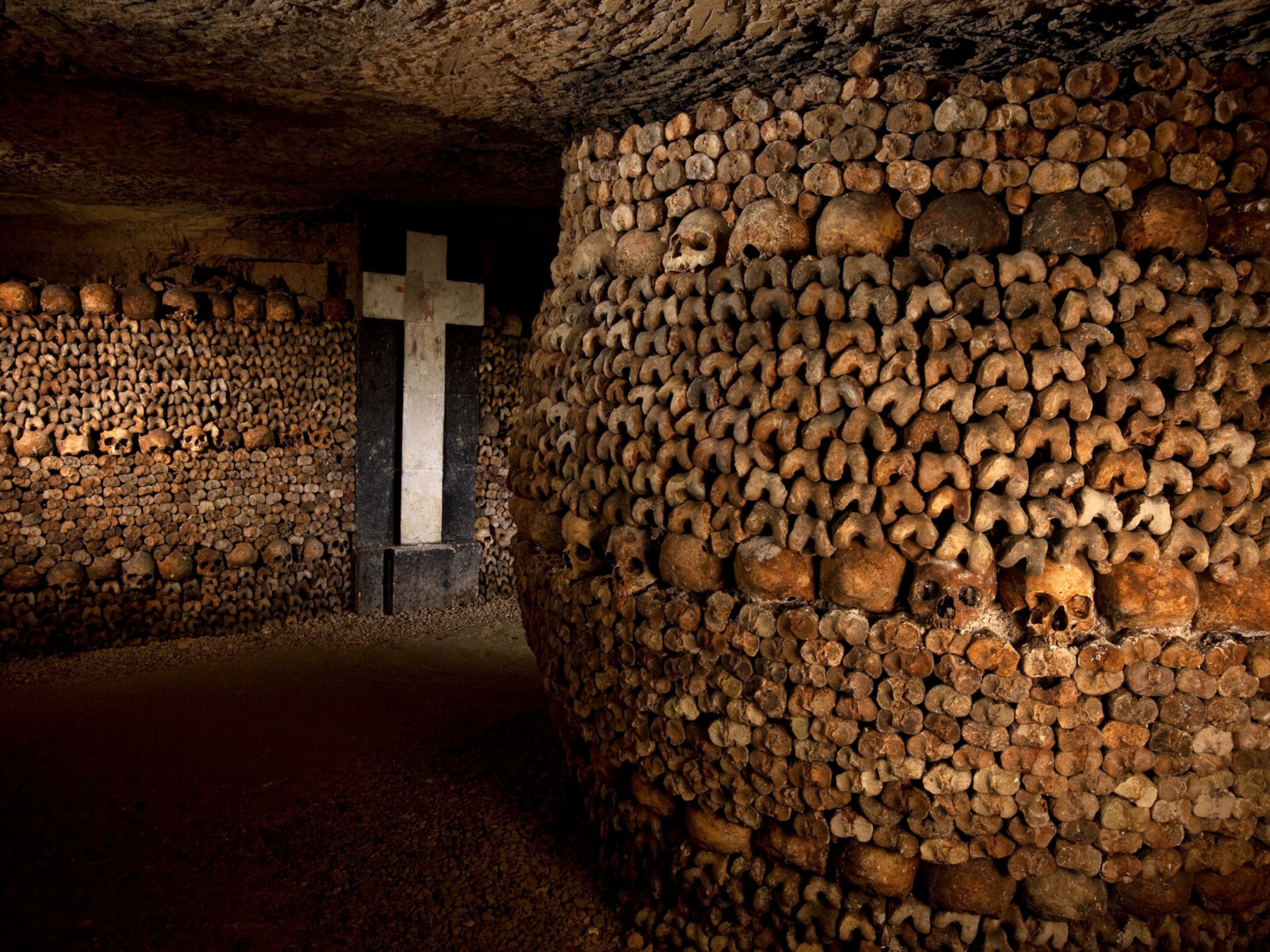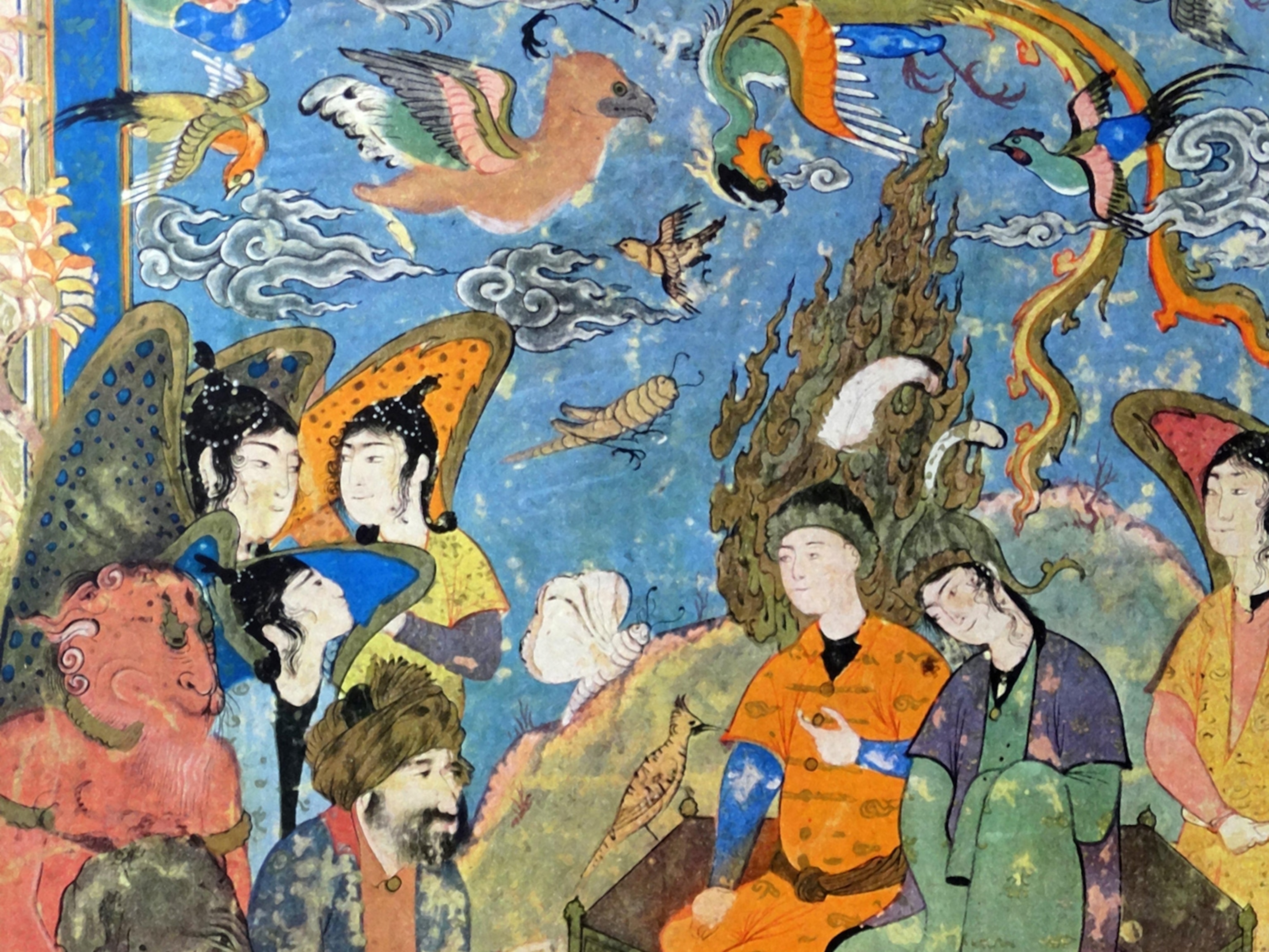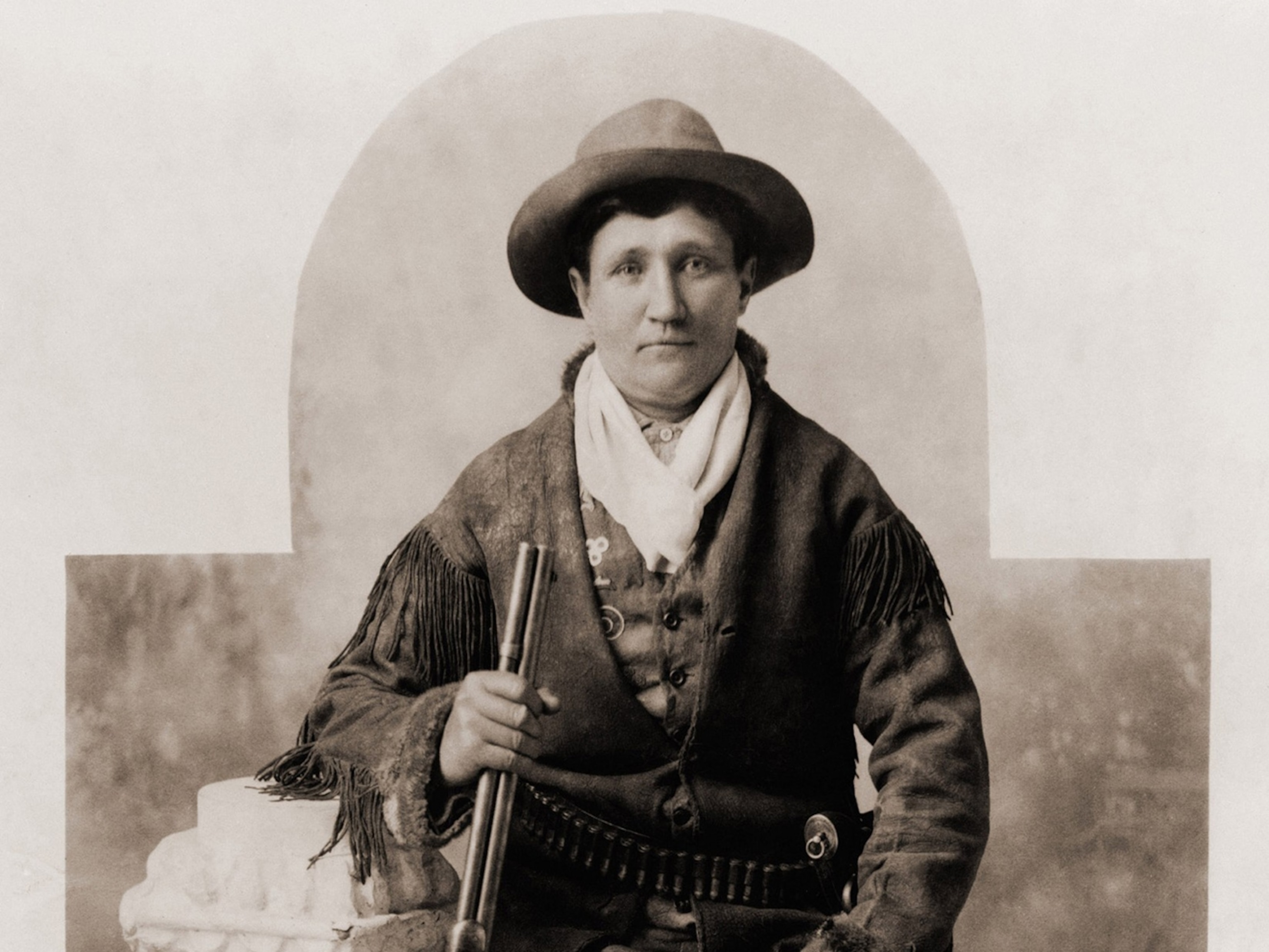What makes a witch? How villains like the Wicked Witch of the West set the standard
The mean, green witch and the Evil Queen have thrilled generations of moviegoers. But they also reflect cultural fears about aging and powerful women.
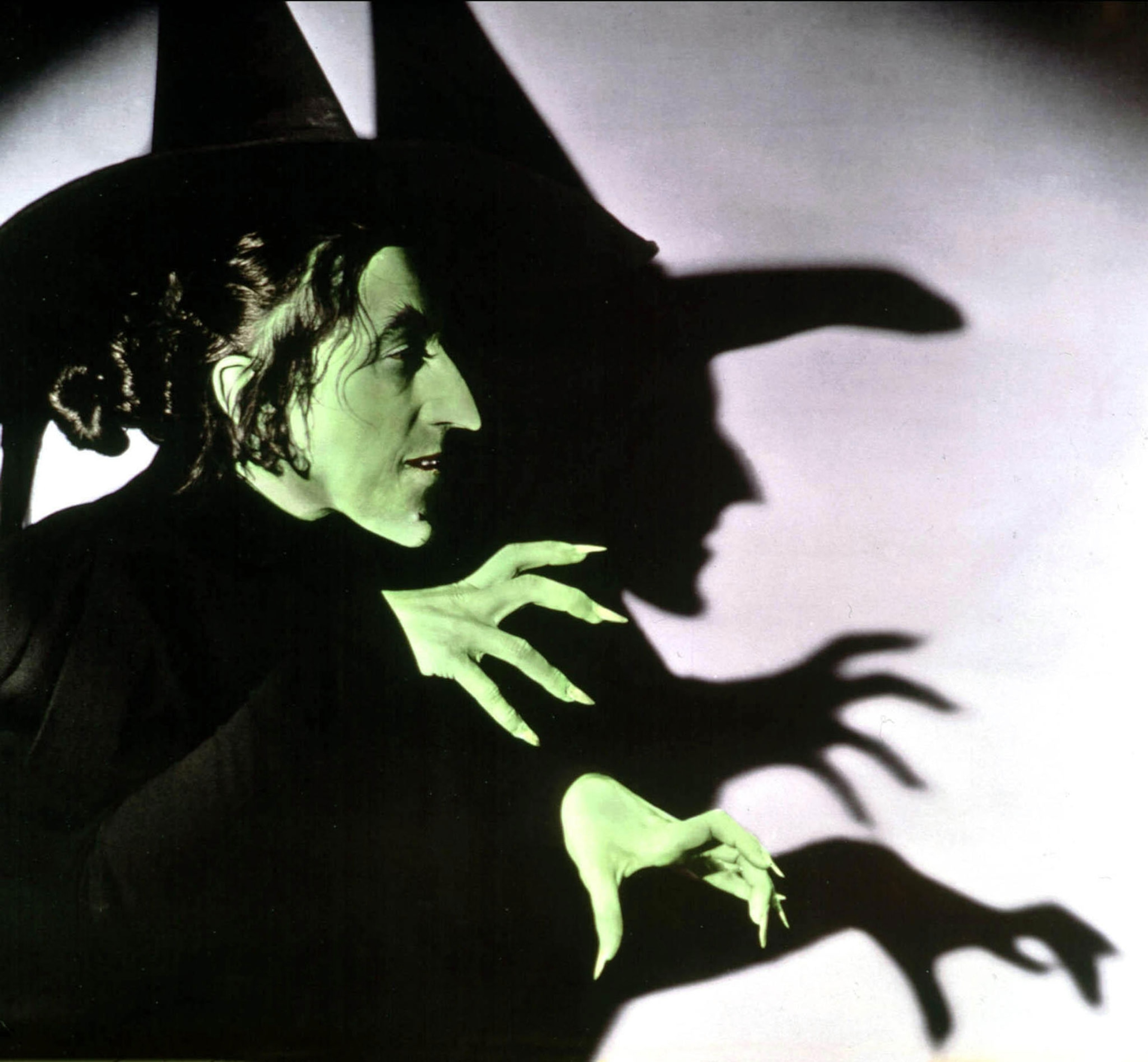
Wiccan priestess and journalist Margot Adler wrote in Drawing Down the Moon: Witches, Druids, Goddess-Worshippers, and Other Pagans in America that “The very power of the word [“witch”] lies in its imprecision. It is not merely a word but an archetype, a cluster of powerful images.” The uncertainty of exactly what a witch is forms part of the titillation—and terror. It’s a far-reaching term, with references spanning thousands of years, from Greek mythology and the Bible to T-shirts in present-day Salem, Massachusetts. Among the many witches of myth, folklore, and film, here are two celluloid icons who continue to spark our imaginations.
A broom-riding crone
Number four on the American Film Institute’s list of greatest villains is The Wizard of Oz’s Wicked Witch of the West. Approaching a century after the film’s debut in 1939, she still manages to make viewers of all ages tremble and quake.
So, what makes her not only an iconic villain but also an iconic witch? Her physicality is standard-setting witch. Black hat? But of course, and a toweringly high, dauntingly peaked one at that. She possesses a hooked nose, a pointy chin complete with wart, and impossibly long fingers ending in sharp nails, and all that is covered in bright green skin.
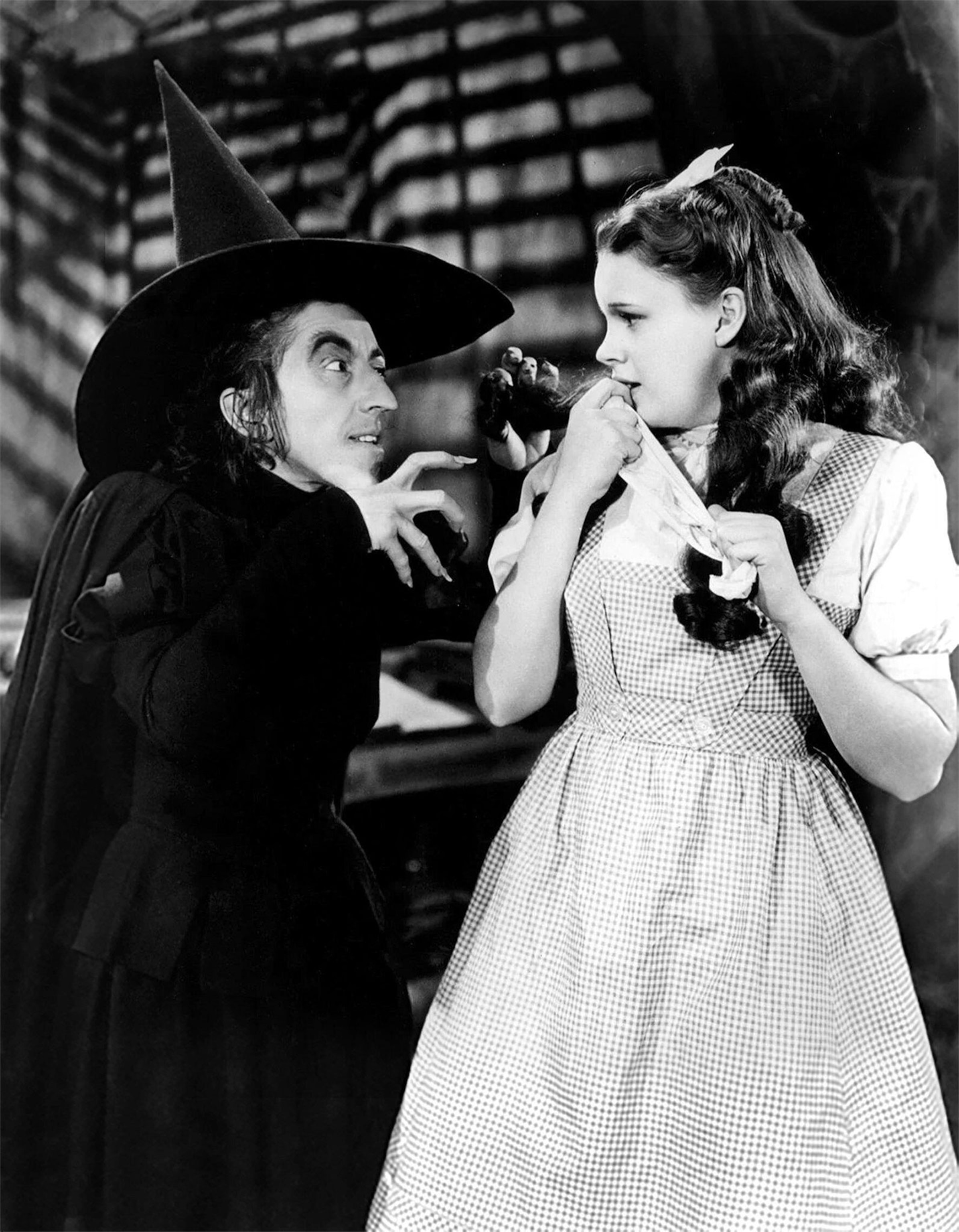
She cranks a threat up several notches by adding in a bit of cackle curling from each staccato syllable of, “I’ll get you my pretty, and your little dog, too.” She follows her deadly declaration with a dramatic twirl before disappearing in a cloud of blood-red smoke and blast of fire.
She doesn’t just ride on a broom. She trails a dense plume of black smoke and with an exaggerated cackle emanating menacingly from her green lips, the Wicked Witch of the West uses her broom to scrawl “Surrender Dorothy” across the sky.
By the time the most terrifying lot of familiars (animal companions) ever put to celluloid—a horde of flying monkeys—takes off to do her bidding and snatch up Dorothy and Toto, the Wicked Witch of the West has so encapsulated every witch stereotype that all screen witches who follow can only pay homage.
Yet the Wicked Witch of the West is a crone that almost never was. Inspired by Disney’s glamorous Evil Queen in Snow White, which had been released the year before, the film’s producer Mervyn LeRoy wanted to make the Wicked Witch equally gorgeous and had an elegant actress named Gale Sondergaard in mind for the role. However, Sondergaard turned down the offer, and Margaret Hamilton was cast on October 10, 1938, just three days before filming started. Green paint was liberally slathered, and the witchiest of all witchy icons was born.
A terrifying transformation
“Magic mirror on the wall, who’s the fairest one of all?” the Evil Queen queries imperiously.
At this point in the 1937 animation Snow White and the Seven Dwarfs—based on a fairy tale by the Brothers Grimm and incorporating elements of the Old Norse sorceress-royal Grimhildr, with whom the Evil Queen shares a given name—the queen is a close contender for the title of fairest. But by the story’s end, she will have morphed into the hag form that is so closely identified with witches, making an iconic shape-shifting move her signature.
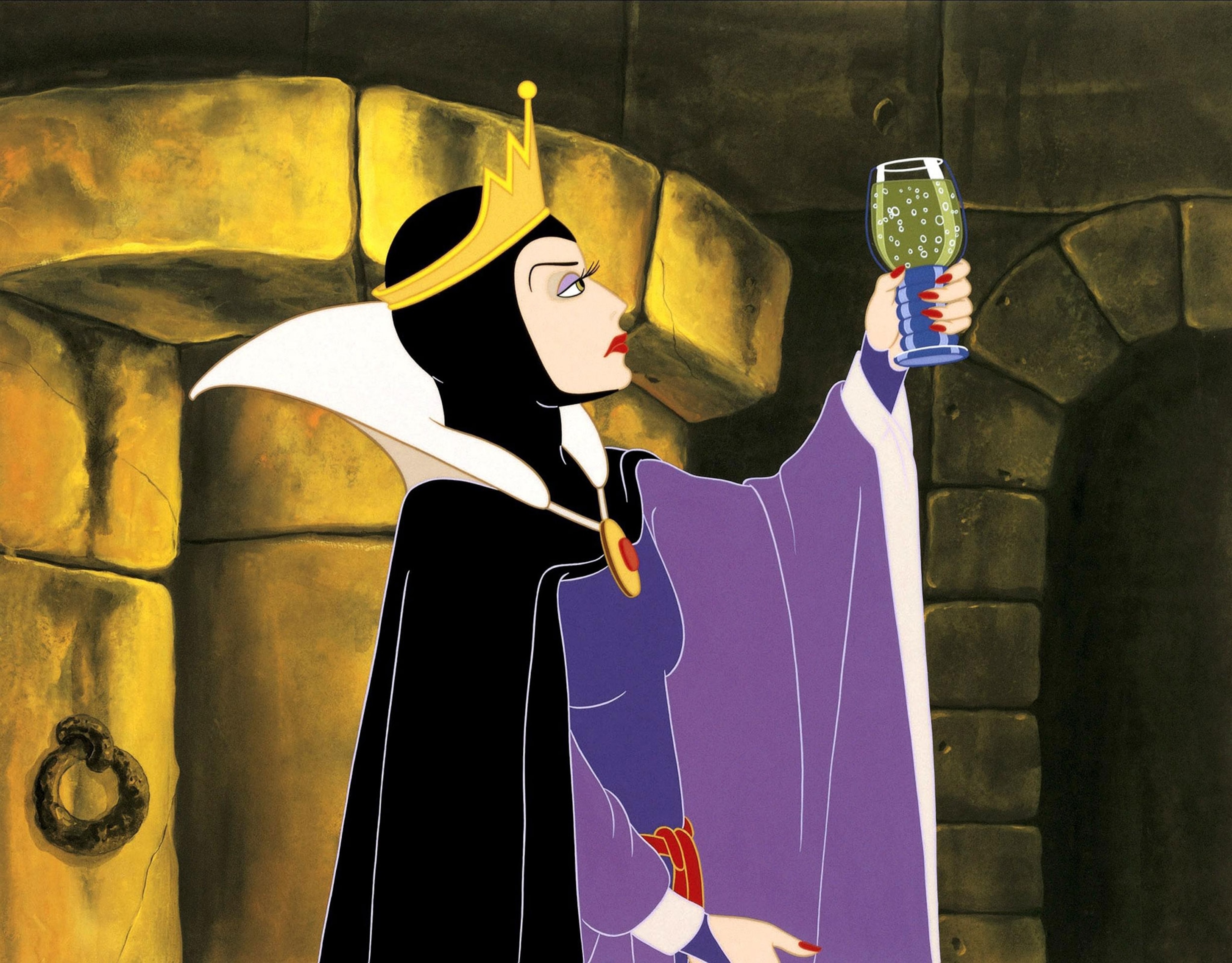
“I’ll go myself to the dwarfs’ cottage in a disguise so complete no one will ever suspect,” her transformation monologue begins. Then her long tapered fingers thumb across her bookshelf. She grasps a tome, and the page falls open to reveal “Peddler’s Disguise formula,” entailing the following ingredients, among others: “Mummy dust, to make me old. To shroud my clothes, the black of night . . . To whiten my hair, a scream of fright.”
Her beautiful, if somewhat sharp, features—arched eyebrows, blood-red lips, and impossibly long eyelashes—are reflected in her chalice as she drinks her magical brew. In a matter of moments, she’ll terrifyingly transform before our eyes. “She’s so much more interesting than Snow White,” says Harvard folklorist emeritus Maria Tatar. “She is the beautiful queen that is wise and crafty, and she becomes the crone who is only seen by Snow White and marginalized.”
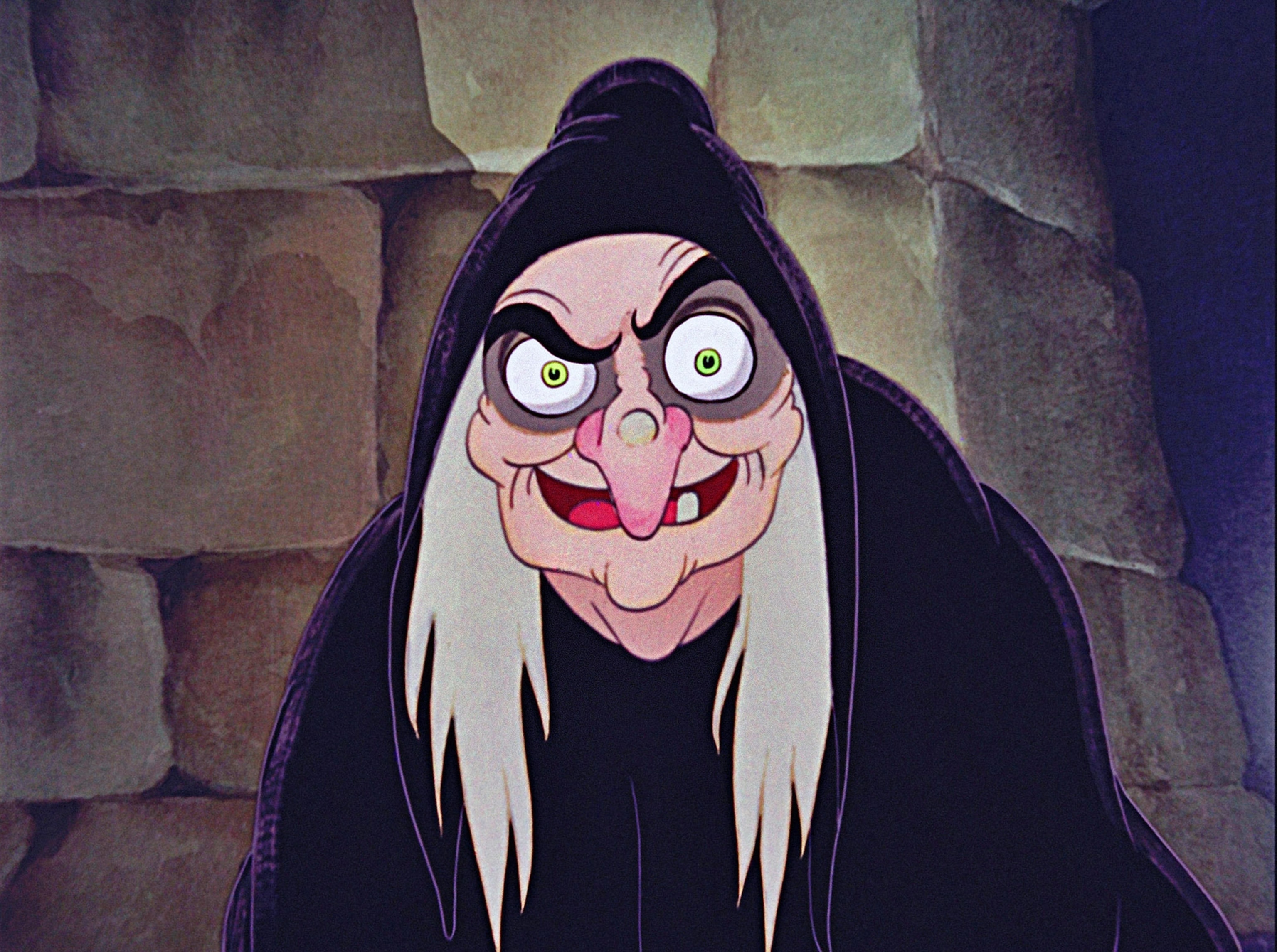
Her raven black hair changes first, into a tangle of scraggly, limp gray strands. Her fingers thin to bone width, their knuckles growing grotesquely bulbous. As the Evil Queen’s once proud carriage slumps and folds into a humpback, she creaks, “My voice! My voice!” Finally, her arm drops from in front of her face to reveal first bulging eyes, then hooked-and-warted nose, lips disappeared into a single-toothed, gaping maw.
Aging and powerful women
The Evil Queen not only created an iconic incarnation of the American witch stereotype but also laid bare the tension of the crone-beauty dichotomy in a matter of seconds. Legions of young viewers have had this idea of a witch embedded in their psyches. She embodies both the seductress who we know is evil but is impossible to resist and the seemingly innocuous old woman who sits in wait to destroy us. It is a scene that doesn’t just reflect cultural anxieties—about aging and evil women and all the ways in which appearances can deceive—it creates them. In either form, or ones we can’t even imagine yet, this is a woman we know we should fear. It is a chilling revelation. Like Snow White, we might not be able to recognize the people we should dread.

